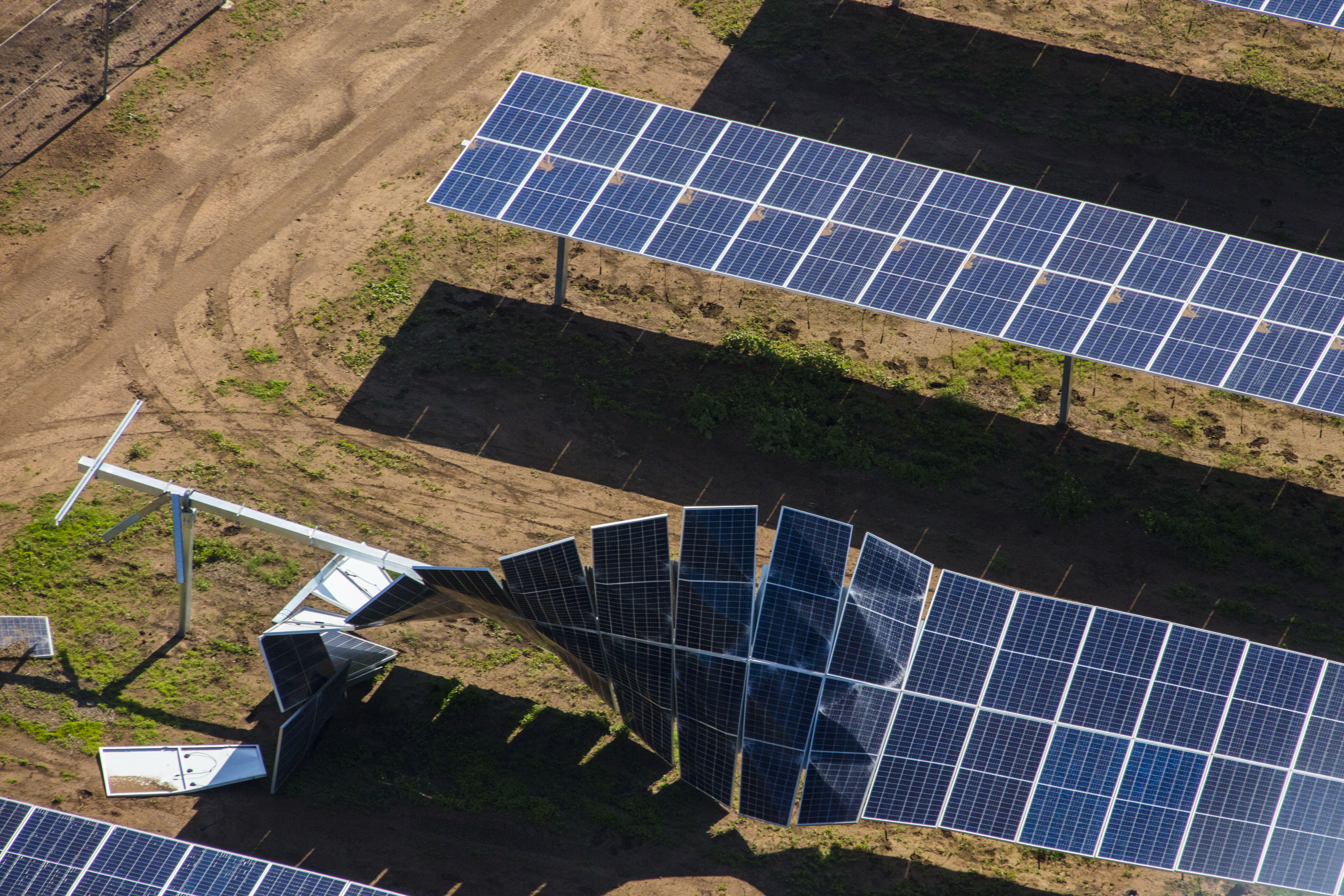Product stewardship of Australia’s current and future energy infrastructure is a critical consideration for the solar industry and the government. Global engineering company Arup has applied the concepts of least-waste circular economics to the country’s solar infrastructure in its new Circular Photovoltaics report.
Michael Salt, a senior energy and economics consultant at Arup, claims that the Australian government is now discussing the circular economy and solar waste at every level. He says that the research that he and his co-author, Emily Gentilini, have produced confirms that “diverting solar waste from landfill requires a system-wide approach that includes design of solar product, how we use that product, and recovery of materials” when the product can no longer be used.
New editorial agenda
The report, which was published in late December, poses five circular business models for Australia’s PV industry, in line with the United Nations’ Sustainable Development Goals (SDGs). For example, SDG 12: Responsible Consumption and Production, refers to the need to do more with less to improve global social and environmental outcomes, while SDG 7 calls for the global supply of affordable, clean energy.
First generation
Given that 300,000 to 450,000 tons of PV waste are set to enter the Australian waste stream by 2040, Arup has called for an immediate focus on the recovery of materials from first-generation crystalline silicon technologies.
In mid-2019, pv magazine spoke with Maryanne Coffey, emerging technologies and project manager at Australia’s Clean Energy Council (CEC). Coffey is formulating strategies and guidelines to help solar installers to follow best practices for end-of-life or returned-under-warranty solar infrastructure. She said that solar panel recycling is potentially a big employer, and the effective management of the waste stream could lead to manufacturing opportunities in Australia.
“In Europe, First Solar recycles where it manufactures, so the retrieved components go straight back into the production line. That’s the gold standard,” Coffey said.
In proposing a “circular design” model for future solar technologies, Arup says that the “focus should also be placed on the early lifecycle stages (i.e. design) of second- and third-generation panels to consider how waste can be firstly designed out, and secondly whether they have been manufactured for maximum reparability, reusability and recyclability.”
This requires a level of collaboration between manufacturers to standardize panel assembly methods across the industry, with a focus on the easy separation of parts, which simplifies end-of-life material recovery.
Manufacturers currently have no incentive to collaborate on such design initiatives, but the industry could begin by researching and formulating “design for disassembly principles,” says Arup. Governments can enable the process by legislating to “encourage manufacturers to close the loop on their supply chains.”
PV product stewardship
PV panels have been up for consideration under Australia’s Product Stewardship Act since 2016. Sustainability consultancy Equilibrium completed a final PV stewardship options assessment and provided it to Sustainability Victoria – the agency the Australian federal government has appointed to promote PV product stewardship – in March 2019.
“They now have to produce a Regulatory Impact Statement examining the options,” says Salt, who consulted with Sustainability Victoria and others in formulating circular photovoltaics. “It will take another year or so to determine the correct mechanism for this product stewardship.”
Australia currently imports more than 70% of its solar panels from China, Malaysia and Singapore, so “the Australian sales and installation industry will need to work within the Asia-Pacific region to establish goals, design priorities and collaborations required for better product and process design,” Arup says.
Meanwhile, solar industry leaders in the United States have been working on a leadership standard for the sustainable performance of PV modules – the NSF/ANSI 457 Sustainability Leadership Standard for Photovoltaic Modules. The final draft, which is imminent, is expected to serve as a global benchmark for the industry.
The Arup report also outlines models for the circular use of PV, such as community solar and virtual power plants that allow more people to utilize existing and future solar assets, rather than promoting further individual ownership and the use of rooftop solar systems. Its “refurbish and maintain” model centers on assessing discarded panels, or modules returned under warranty. It looks at the potential to repair them and the need for a low-cost system to test and verify their efficiency and projected lifespans, while establishing a trustworthy secondhand panel market.
Clear standards
The report calls for “clear and standardized rules across Australia for collection, repair, resale and recycling of solar PV panels,” to enable both efficient refurbishment and the recycling of PV materials.
Victoria is now the only Australian state to ban the disposal of e-waste, including solar panels, batteries and inverters, in landfills. The policy clearly underscores the need for recycling. But a coordinated approach is also required to prevent the dumping of waste across state lines, and to concentrate and expand the market potential for investment in PV materials recovery.
In April 2019, researchers at the University of New South Wales (UNSW) found that under certain circumstances, the process of recycling solar panels can be profitable. Professor Chee Mun Chong from the UNSW’s School of Photovoltaic and Renewable Energy Engineering, listed a number of considerations for circular photovoltaics, in line with those identified by Arup:
- simplified and improved recycling processes focused on rising rates of materials recovery – particularly of silver and intact silicon wafers
- changes to module design that facilitate recycling
- the incorporation of second-life materials in manufacturers’ production lines
- a coordinated approach by governments and recyclers to build recycling networks
“It’s not just about formulating a policy, it’s about enabling the industry,” says Salt. “We don’t want regulation to obstruct the industry and thereby reduce the benefit of making this cleaner form of energy available to everyone.”
Read more about how the global PV industry can double down on its green credentials, by following pv magazine’s UP initiative as it continues into 2020.
This content is protected by copyright and may not be reused. If you want to cooperate with us and would like to reuse some of our content, please contact: editors@pv-magazine.com.




1 comment
By submitting this form you agree to pv magazine using your data for the purposes of publishing your comment.
Your personal data will only be disclosed or otherwise transmitted to third parties for the purposes of spam filtering or if this is necessary for technical maintenance of the website. Any other transfer to third parties will not take place unless this is justified on the basis of applicable data protection regulations or if pv magazine is legally obliged to do so.
You may revoke this consent at any time with effect for the future, in which case your personal data will be deleted immediately. Otherwise, your data will be deleted if pv magazine has processed your request or the purpose of data storage is fulfilled.
Further information on data privacy can be found in our Data Protection Policy.